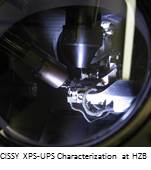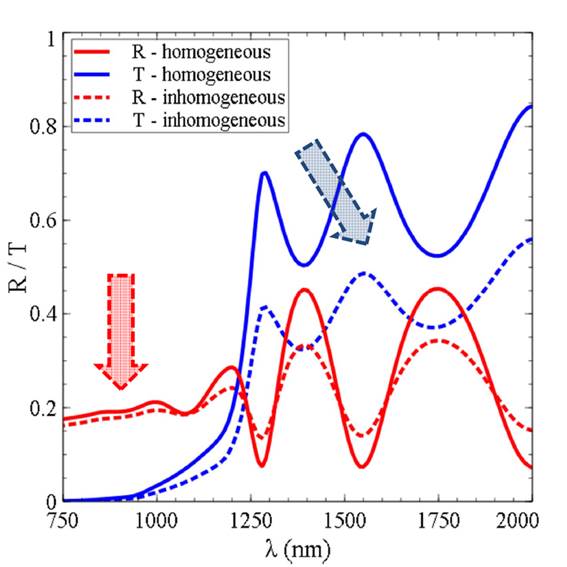 X-rays interact with matter through photoabsorption, Compton scattering, and Rayleigh scattering. The strength of these interactions depend on the energy of the X-rays and the elemental composition of the material This SOPHIA webinar introduces two powerful spectroscopic tools to investigate solar cell surfaces and interfaces.
X-rays interact with matter through photoabsorption, Compton scattering, and Rayleigh scattering. The strength of these interactions depend on the energy of the X-rays and the elemental composition of the material This SOPHIA webinar introduces two powerful spectroscopic tools to investigate solar cell surfaces and interfaces.
 The webinar launched in the frame of SOPHi@Webinar and 7FP-CHEETAH project concerns the introduction to the procedure based on the transfer-matrix method (TMM) utilized @ HZB to extract optical parameters in thin film for PV. The procedure is available in request
The webinar launched in the frame of SOPHi@Webinar and 7FP-CHEETAH project concerns the introduction to the procedure based on the transfer-matrix method (TMM) utilized @ HZB to extract optical parameters in thin film for PV. The procedure is available in request
The SOPHIA seminar on “Wet-chemistry deposition of semiconductor nanostructures for IR photovoltaics” in collaboration with Ben Gurion University Israel and Politecnico Milano was held on May 9th , 14:30-15:30 (CET-Central European time). The webinar was also extended to 7FP-CHEETAH and non-SOPHIA organziation.
Crystalline silicon (c-Si) wafers is continuing to dominate the field of photovoltaics (PV). The material processed in cells and assembled into modules is reaching its limits both in terms of cost and conversion efficiency concepts. New approaches need to be proposed
A lot of exciting ideas are followed by scientists and researchers all around the world on advanced photovoltaics searching for new solution in photoconversion, light trapping and novel collecting structures the so called “field of dreams where the research concepts and technology require the PV researchers’s creativity, patience and funding to prove or develop concepts”.
Focused ion beam (FIB), is a well established technique used particularly in the semiconductor industry, materials science and biological field for specific analysis, deposition, and ablation of materials can represent a very useful “ab inizio” technique to prove in very short time new concepts on advanced photovoltaics before making investment in their further development and searching for cost effective solution.
